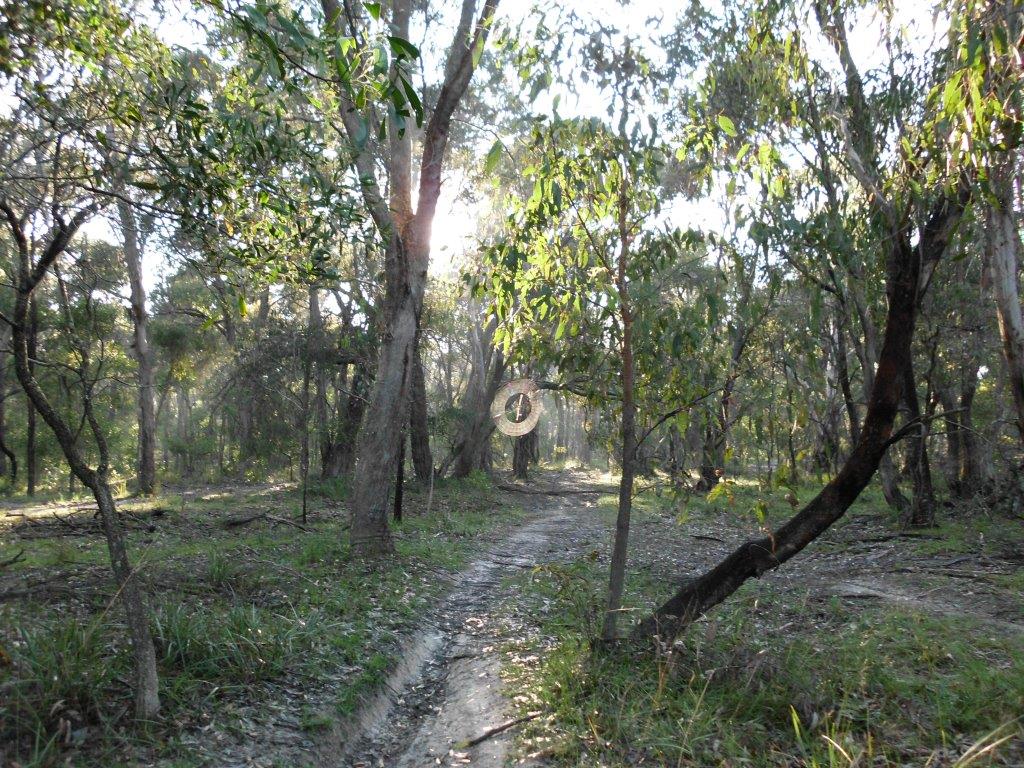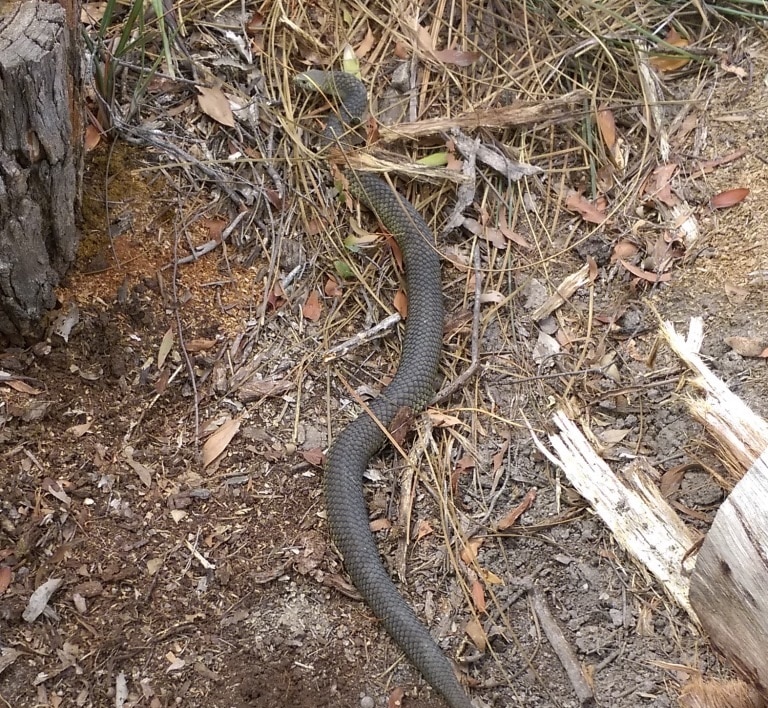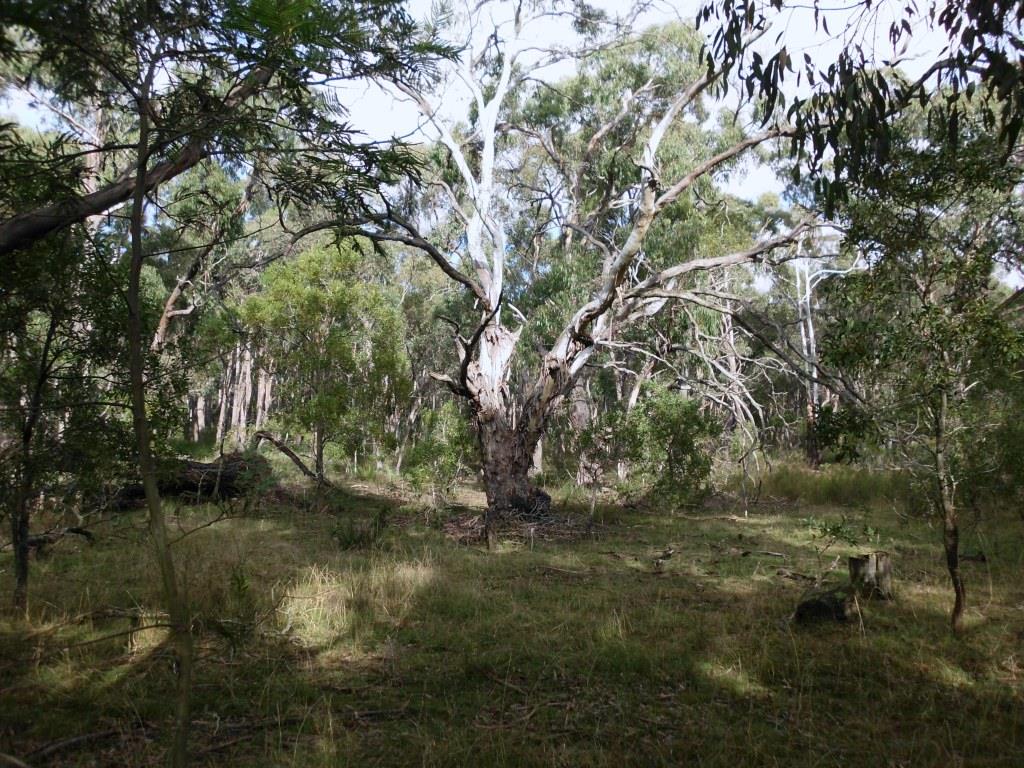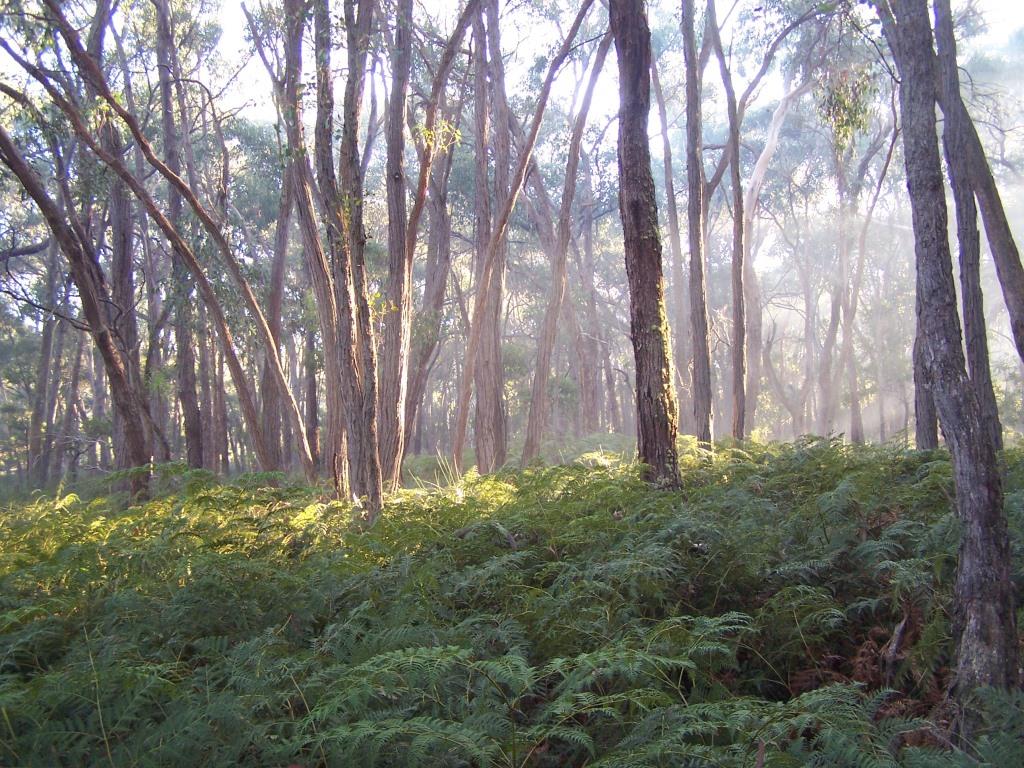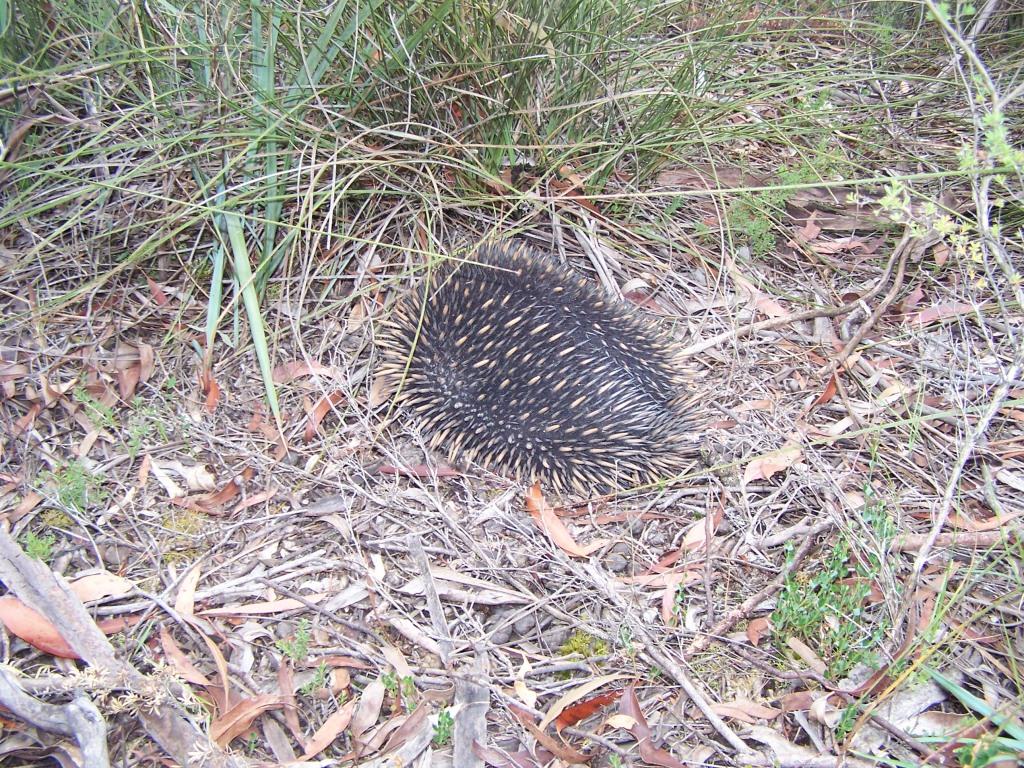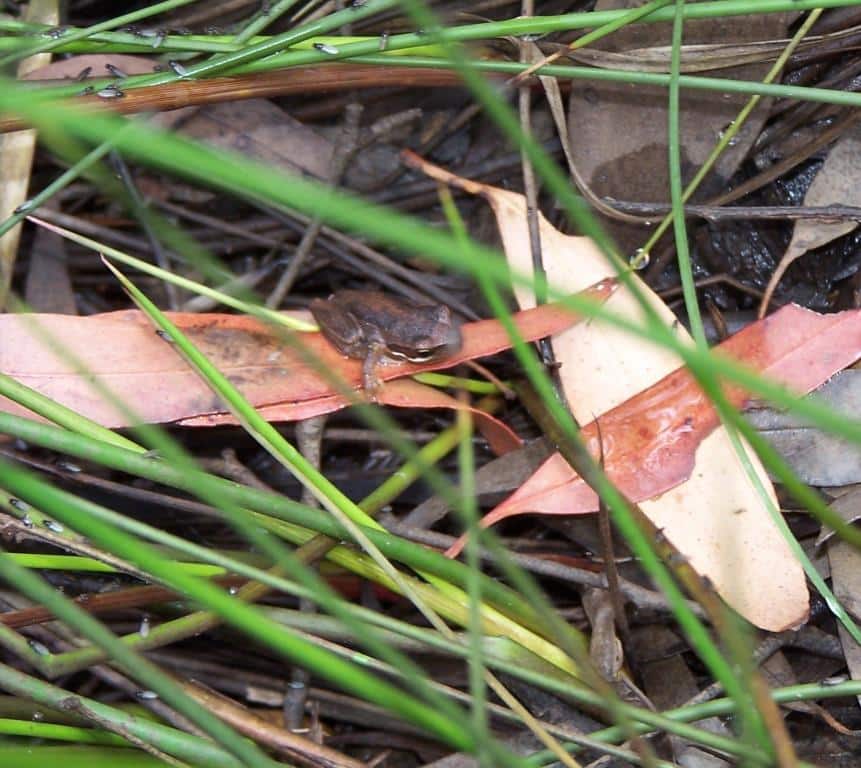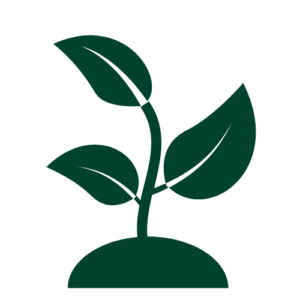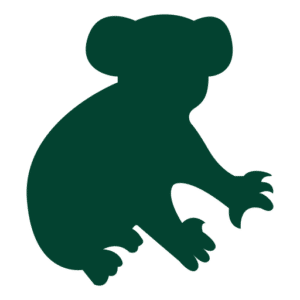William and Kathryn Elder are the owners of Stringybark, a property located approximately 25km southwest of Ballarat. The property is a wildlife-friendly sanctuary and it is William and Kathryn’s intent for it to continue to be used for conservation and wildlife protection. The property is also a member of the Land for Wildlife program and is subject to a vegetation offset management plan with Golden Plains Shire Council. William and Kathryn intend to place a permanent covenant on part of the property in the future.
The property covers 8 hectares of bushland contiguous with state forest on three sides. Vegetation is dominated by heathy dry forest comprising of low, open eucalypt woodlands with understories featuring snake (Acacia aculeatissima), silver (Acacia dealbata) and black (Acacia melanoxylon) wattles, grass trees (Xanthorrhoea spp.), native peas (Pultenaea spp.) and a variety of native orchids and grasses. There is a small area set aside for a sustainable, off-grid house built by William and Kathryn.
Wildlife species known to inhabit the sanctuary include short-beaked echidnas (Tachyglossus aculeatus), brushtail possums (Trichosurus vulpecula), eastern grey kangaroos (Macropus giganteus), and swamp wallabies (Wallabia bicolor). The sanctuary is also home to approximately 30 reptile species including wood geckos (Diplodactylus vittatus), jacky lizards (Amphibolurus muricatus), garden skinks (Lampropholis guichenoti), eastern blue-tongued lizards (Tiliqua scincoides), and common copperheads (Austrelaps superbus). Frog species known to occur on the property include brown tree frogs (Litoria ewingii), southern toadlets (Pseudophryne semimarmorata), eastern banjo frogs (Limnodynastes dumerilii), and common eastern froglets (Crinia signifera). Among the 49 species of birds that have been identified at the sanctuary are laughing kookaburras (Dacelo novaeguineae), sacred kingfishers (Todiramphus santus), yellow-tailed black cockatoos (Calyptorhynchus funereus), and tawny frogmouths (Podargus strigoides). In addition, 25 native cockroach species are likely to be found on the property including convex litter runners (Platyzosteria biglumis), colourful burrowing (Macropanesthia kraussiana) and giant burrowing (Macropanesthia rhinoceros) cockroaches.
This sanctuary is featured in Wildlife Lands 17!
Stringybark has been around 8 years in the making. We began by looking for a small block where we could build our sustainable dream home in the bush. After a year or two of weekend forays we found our 20 acres of bushland with state forest on three sides, a dirt road and a rough access track—all just a short drive from Ballarat.
Initially we visited about three times a year, camping during the warmer months. We came to see what was flowering and contemplate what the future held. We visited sustainable house days and alternative energy expos to try to consolidate exactly what our future house might resemble. We considered different sustainable design and technology features, from straw bale and rammed earth to earth-core (set into a hill like a Hobbit-hole) before deciding upon our current home which was completed in early 2015.
Living on site has opened our eyes to the relative abundance of wildlife that shares our property and we find the plant life surprisingly rich. We have recorded more than 50 bird species in the past year, including crimson rosellas, pardalotes, kookaburras and sacred kingfishers—all of which breed on the property now. In line with our planning permit, we are retaining and protecting trees and shrubs as offset for tree removal due to the build, and the measures we’ve put in place directly benefit wildlife. This motivates our groundwork, where we have left stacks of previously felled timber and stumps as habitat. Our designated tracks minimise disturbance and we plan to build and install nesting boxes to support several bird species. Water bowls spread around the house are used by birds, echidnas and kangaroos and it is thrilling to see wildlife making our garden their own.
We are so grateful to have turned our sustainable building project into a wider sustainability program that involves the entire ecosystem on our block. We continue to work towards providing a suitable home for ourselves and the wildlife we share it with.

